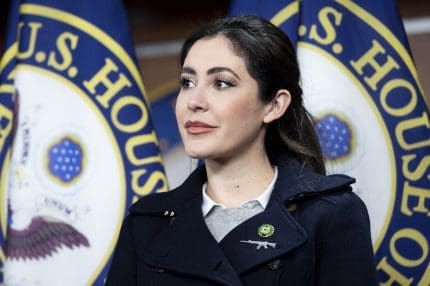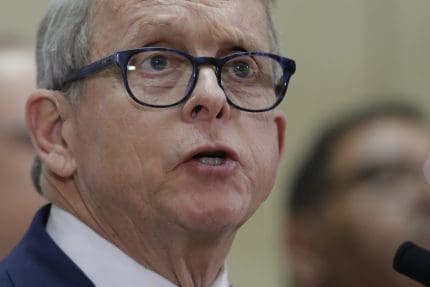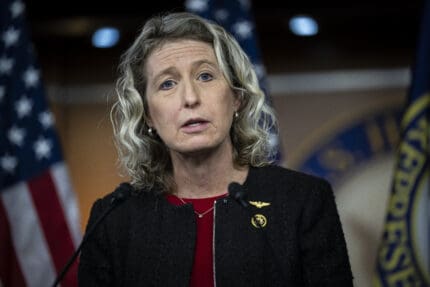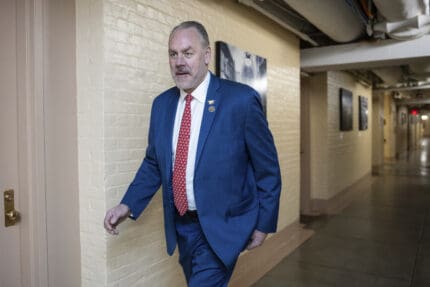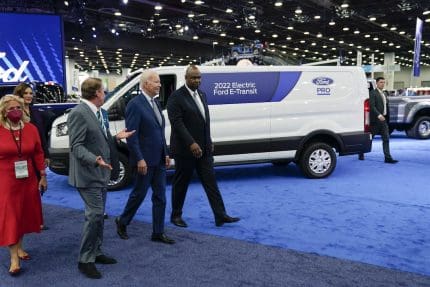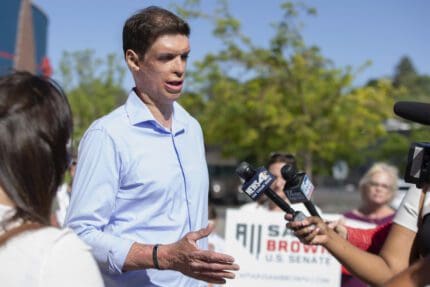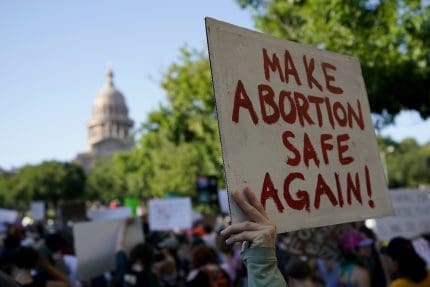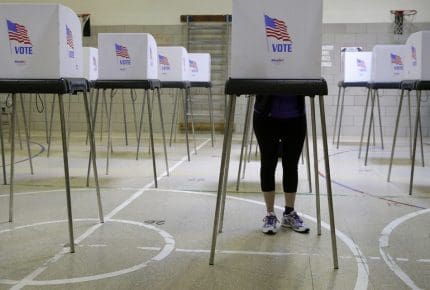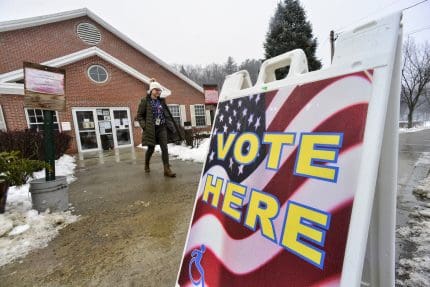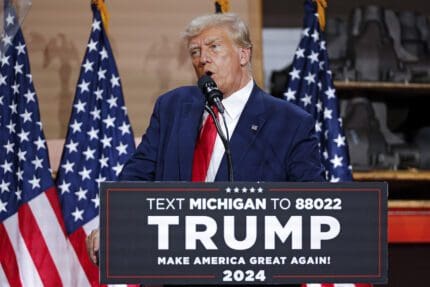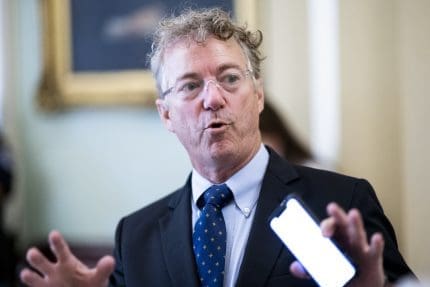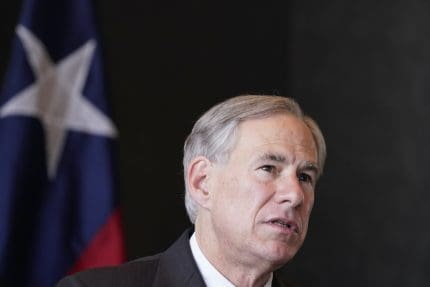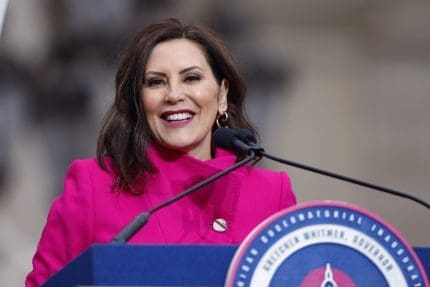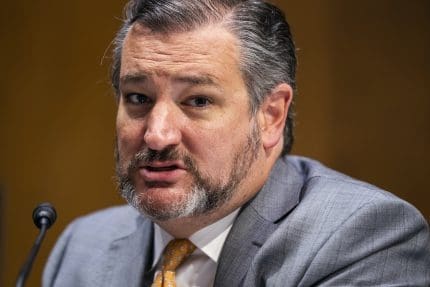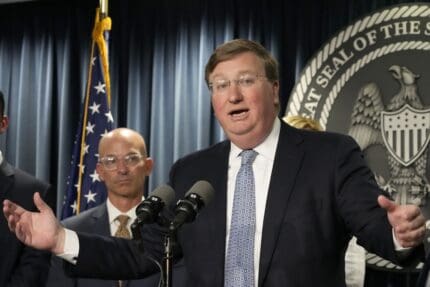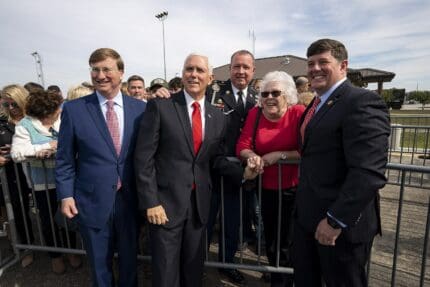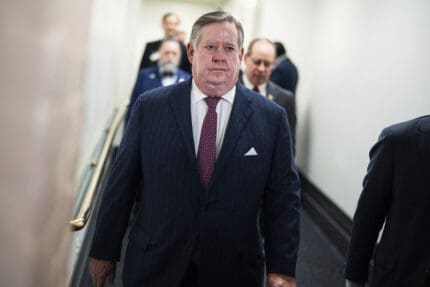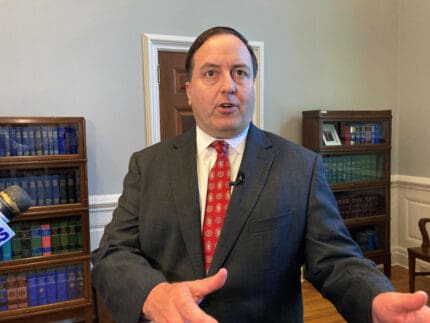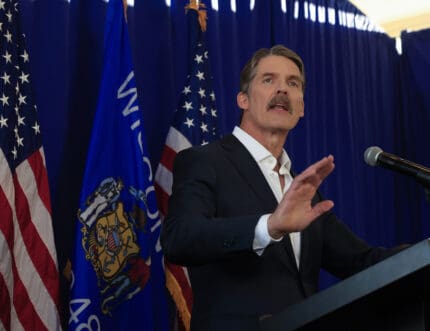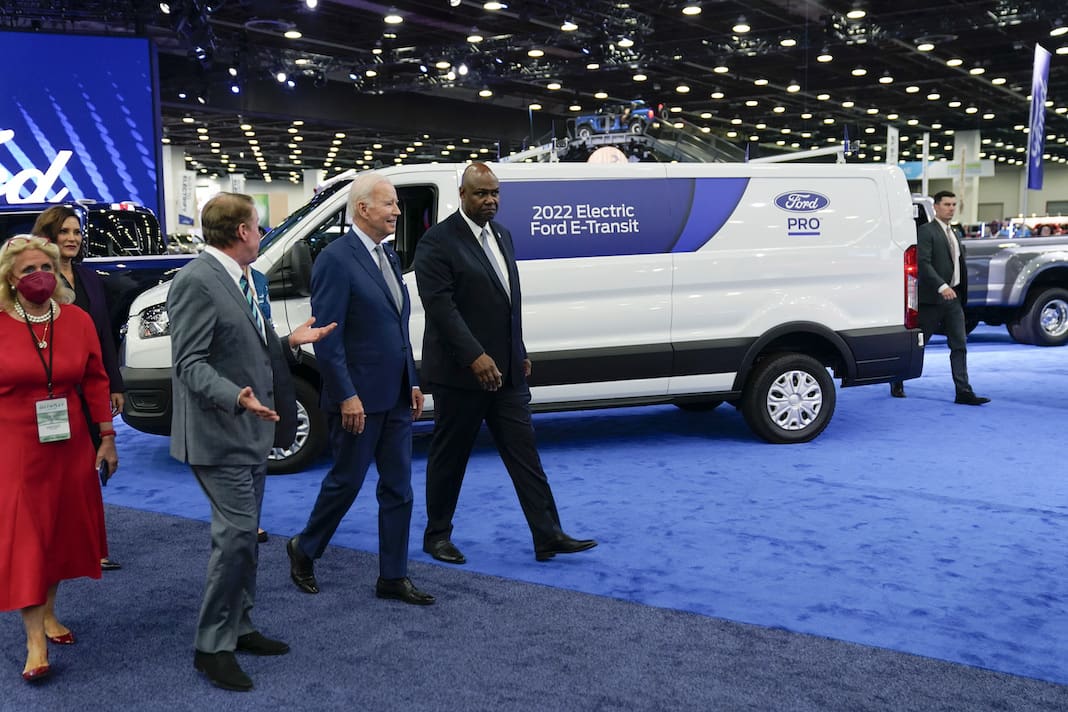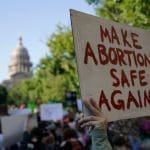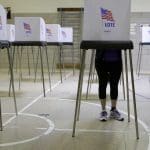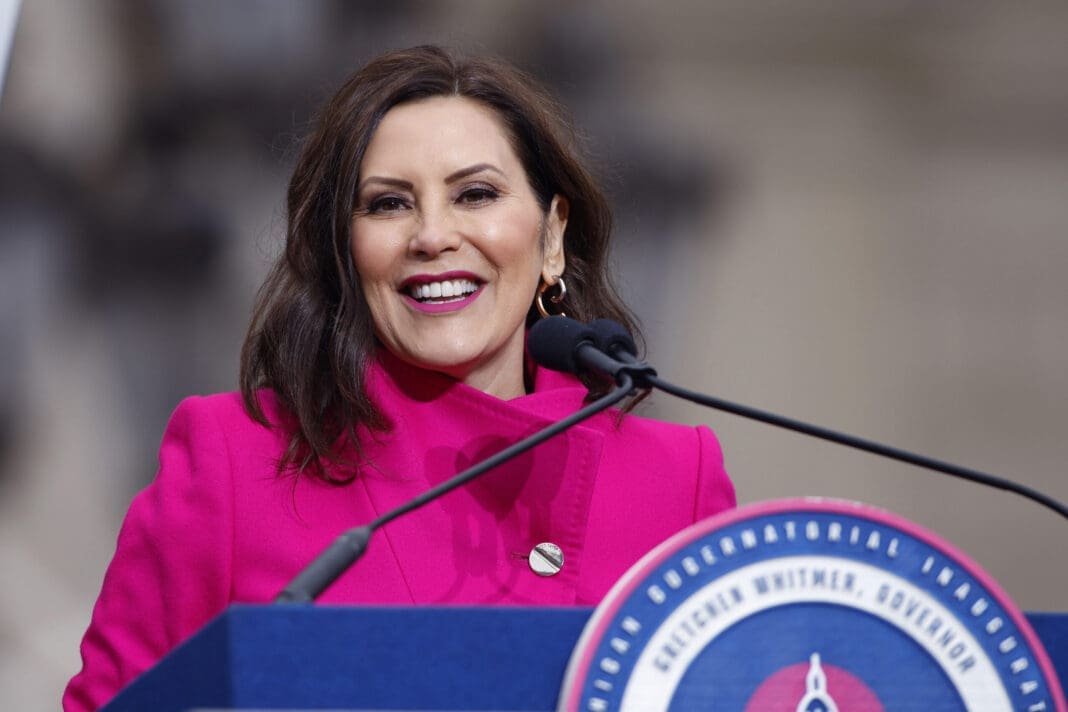GOP-opposed child tax credit expansion will benefit rural Americans the most
New research shows rural Americans, particularly those in red states, will receive the greatest relative benefits from Democrats’ child tax credit expansion.

On July 15, just over 32 million American families received a direct deposit in their bank accounts with an average of $423, the first of six advance child tax credit payments from the Treasury Department and Internal Revenue Service, made possible by the American Rescue Plan.
That $1.9 trillion package, signed into law by President Joe Biden in March, passed both chambers of Congress without a single Republican vote. The child tax credit expansion was a key provision of Democrats’ COVID-19 relief plan, with congressional leaders quickly taking credit for its inclusion in the final package.
“Democrats’ American Rescue Plan is making a dramatic difference in the lives of America’s working families, particularly for America’s children, as it helps cut child poverty in half,” House Speaker Nancy Pelosi (D-CA) said in a statement shortly before the payments began going out to families. “The success of this Tax Credit is a testament to House Democrats’ relentlessness in fighting for its inclusion in the Rescue Plan and in ensuring that families receive its benefits.”
Republican leaders, meanwhile, condemned the rescue plan package more broadly. Senate Minority Leader Mitch McConnell told reporters his caucus would fight the legislation “in every way that we can,” claiming the package was too expensive and suggesting many provisions in it — like the expanded child tax credits payments — were “largely unrelated to the problem.”
Some lawmakers went even further. After the package was passed into law, two top Republicans on the House Ways and Means Committee, Reps. Kevin Brady (TX) and Mike Kelly (PA), sent letters to the White House and other Biden administration agencies noting their “deep concerns” about the child tax credit expansion, adding that payments were “not targeted to pandemic relief, and risk the loss of billions of taxpayer dollars in fraudulent and improper payments.”
But a new analysis finds that rural Americans, especially those in red states, may benefit most directly from the expanded child tax credit payments, resulting in potential political ramifications for those Republicans who opposed them.
A study published Monday by the Niskanen Center, a nonpartisan think tank, explores the relative impact of these payments on families in each U.S. state, both in terms of the net per capita benefits and the benefits relative to each state’s economy.
While the study finds that the most populous states are set to receive the most benefits overall, as one might expect given that they have the highest number of citizens, families in rural areas and red states are set to see the greatest relative benefit.
“The [Child Tax Credit provision] provides the largest relative benefit to rural states with lower economic output,” wrote Samuel Hammond and Robert Orr, the researchers behind the study. “The relative benefit created by the CTC expansion is significantly larger for non-metro regions relative to the size of non-metro economies.”
In short, it’s not that rural areas will be getting more money, but rather that the money will go further in those areas than it would for Americans living in more expensive cities, explained Hammond, director of poverty and welfare policy at the Niskanen Center.
In some of the poorest rural states, like Mississippi and Idaho, the total value child tax credit payments were equivalent to about 1.8% of the state’s gross domestic product — that is, for every $100 of gross income the average Idahoan brought in, $1.80 would come from the child tax credit payments.
Hammond explored this phenomena in a thought experiment about another hugely popular social safety net policy: Social Security.
“If Social Security were abolished overnight, the rural American economy would collapse,” Hammond said. “In some ways, the child tax credit runs that experiment in reverse,” demonstrating what happens when those communities receive even more benefits.
The research also found that the payments could have consequences beyond merely reducing poverty, their stated goal. While the payments will of course help the families receiving them, they also provide an influx of cashflow to the local economies where those families live, as the families now have more money to spend on goods and services. The researchers estimate that in just one year, the expanded child tax credit benefits will lead to $27.6 billion in new consumer spending across the United States as a whole, and $1.9 billion in tax revenues for states and local governments.
These benefits to rural economies are sure to impact the political calculations surrounding the child tax credit expansion, as Democrats call to make the expanded payments permanent, a move most Republicans in Congress oppose.
Historically, child tax credits have been a rare area of bipartisan agreement in Congress, Hammond noted. Originally passed through a bipartisan compromise in the late-1990s, the payments have been renewed or expanded under Democratic and Republican administrations alike.
During congressional negotiations over the American Rescue Plan, some Senate Republicans proposed an amendment to make the payments even more generous, but with an important caveat: they’d maintain requirements that parents be working to receive them, meaning many of the poorest Americans would no longer qualify. Sen. Mitt Romney (R-UT) also put forth a separate proposal to expand child tax credit benefits, but he received virtually no support from his Republican colleagues.
After the relief bill was passed into law, some Republicans who voted against the child tax credit expansion suddenly came around to touting the benefits. Sen. Mike Lee (R-UT) curiously claimed that Democrats opposed making the payments larger, conspicuously leaving out the fact that he himself voted against the final passage of the expanded payments in the American Rescue Plan.
Oother Republicans remained mostly mum on the credit’s benefits, even as the payments began hitting people’s bank accounts.
“I’m gonna surprise you ― I don’t really have an opinion on that right now,” Sen. John Cornyn (R-TX) told HuffPost in mid-July.
Putting aside the politics of it all, the study’s authors say it’s a simple fact that the child tax credit expansion is helping some of the poorest Americans escape deep poverty.
Hammond and Orr estimate that the payments will lead to a 39% reduction in the national child poverty rate, a figure that could increase if the tax credits are extended.
Published with permission of The American Independent Foundation.
Recommended

Biden calls for expanded child tax credit, taxes on wealthy in $7.2 trillion budget plan
President Joe Biden released his budget request for the upcoming fiscal year Monday, calling on Congress to stick to the spending agreement brokered last year and to revamp tax laws so that the “wealthy pay their fair share.”
By Jennifer Shutt, States Newsroom - March 11, 2024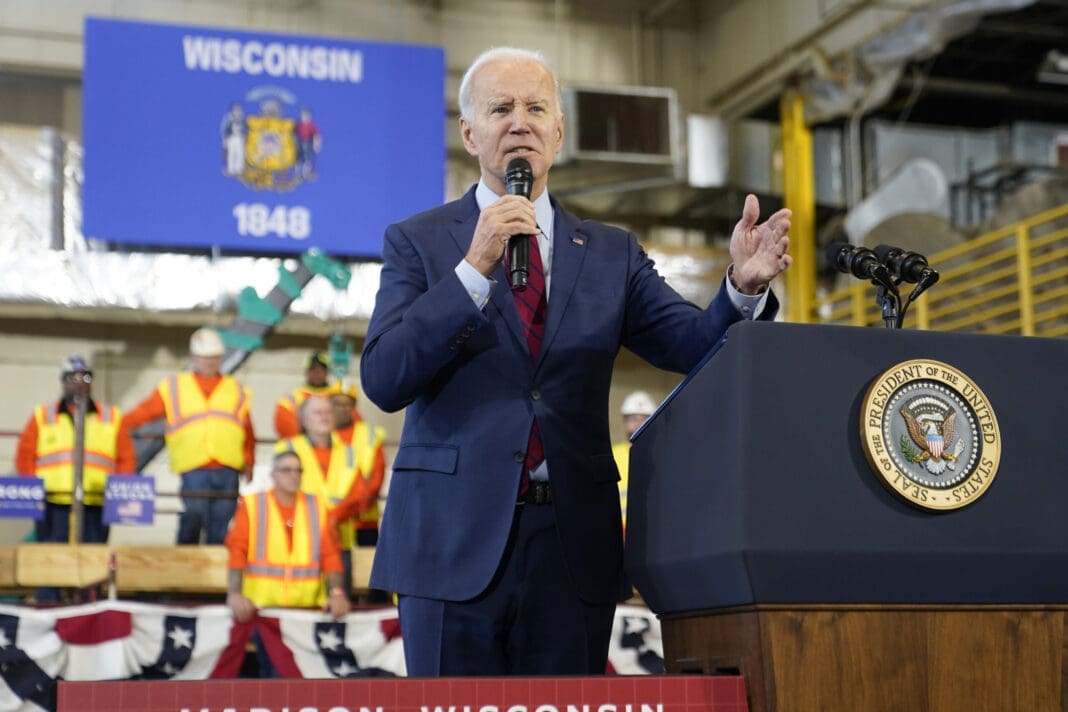
December jobs report: Wages up, hiring steady as job market ends year strong
Friday’s jobs data showed a strong, resilient U.S. labor market with wages outpacing inflation — welcome news for Americans hoping to have more purchasing power in 2024.
By Casey Quinlan - January 05, 2024
Biden’s infrastructure law is boosting Nevada’s economy. Sam Brown opposed it.
The Nevada Republican U.S. Senate hopeful also spoke out against a rail project projected to create thousands of union jobs
By Jesse Valentine - November 15, 2023









